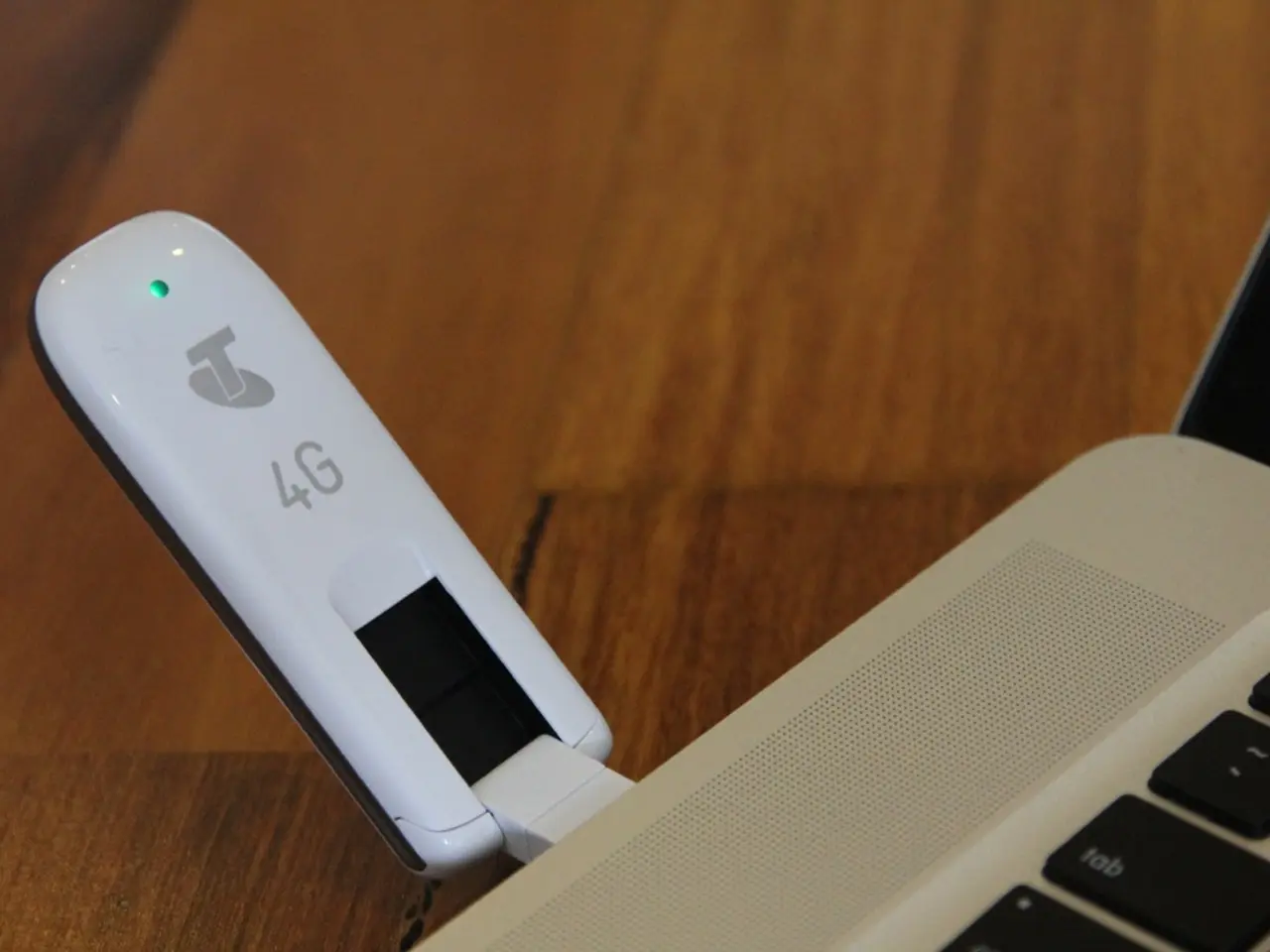Top Methods for Effective PCB Grounding in High-Power and HDI Layouts
In the realm of electronics, grounding plays a crucial role in ensuring signal integrity, reducing electromagnetic interference (EMI), and maintaining system performance, particularly in high-power and high-density interconnect (HDI) PCB designs. Here's a breakdown of the key strategies for effective grounding in these complex scenarios.
## Grounding Best Practices for High-Power PCBs
1. Solid Ground Planes: Opt for solid ground planes over hatched or crosshatched ones to ensure consistent impedance and better EMI control. Solid planes provide a stable reference for signals and help in maintaining a low-noise environment.
2. Ground Traces (Guard Traces): Insert ground traces between high-speed or high-power signal traces to shield them and reduce crosstalk, thereby improving overall signal integrity.
3. Via Stitching: In multi-layer boards, use via stitching to connect ground planes across layers. This helps in maintaining a low impedance path and ensuring that the ground is well-connected throughout the board.
4. Short and Direct Paths: Keep ground paths as short and direct as possible. This minimizes inductance and resistance, which can lead to noise and signal degradation.
## Grounding Best Practices for HDI PCBs
1. Microvias and Via-in-Pad: Utilize microvias and via-in-pad techniques to reduce the area used by vias, allowing for more dense routing while maintaining a reliable ground connection.
2. Controlled Impedance: Ensure controlled impedance by maintaining uniform dielectric thickness and using the correct trace widths for signals. This is crucial for preventing signal reflections and ensuring signal integrity.
3. 45-Degree or Curved Traces: Avoid right-angle bends in traces to prevent impedance discontinuities. Use 45-degree angles or curved traces instead to reduce signal reflections and improve signal integrity.
4. Ground Plane Segmentation: While solid ground planes are preferred, in some cases, segmentation might be necessary for specific design requirements. Ensure that segments are properly connected to maintain a stable ground.
By adhering to these practices, designers can achieve reliable, efficient, and high-performance PCB designs for both high-power and HDI applications.
Grounding in PCBs serves as a common return path for signals and power, a reference point for measuring voltages, and is essential for safe operation. Dedicated ground planes are copper layers in a stack-up that provide an easy signal return path and improve thermal management in high-density boards.
Decoupling capacitors are used in parallel to the power supply to decouple the incoming AC signals from the DC signals, smoothing out oscillations generated by the supply voltage. Bypass capacitors are placed on the circuit to effectively bypass voltage spikes and power supply noises, reducing ground bounce and coupling.
Galvanic isolation is implemented when two sections of a circuit have different ground potentials and a signal needs to be transferred between them. Via stitching is done at specific intervals to ensure shorter ground return paths in the PCB from the load devices to the power source. Proper grounding aids in thermal management, averting EMI, and ensuring signal integrity.
In the quest for optimal grounding in complex electronic designs, an impedance calculator can be beneficial to ensure controlled impedance, which is crucial for preventing signal reflections and maintaining signal integrity, as demonstrated in high-density interconnect (HDI) PCB designs. To incorporate controlled impedance, designers may utilize gadgets like impedance calculators, along with techniques such as maintaining uniform dielectric thickness and using the correct trace widths for signals. Additionally, technology advancements in electronics, such as the proliferation of gadgets like ground impedance calibrators, contribute to the enhancement of signal integrity in various gadgets and systems.




